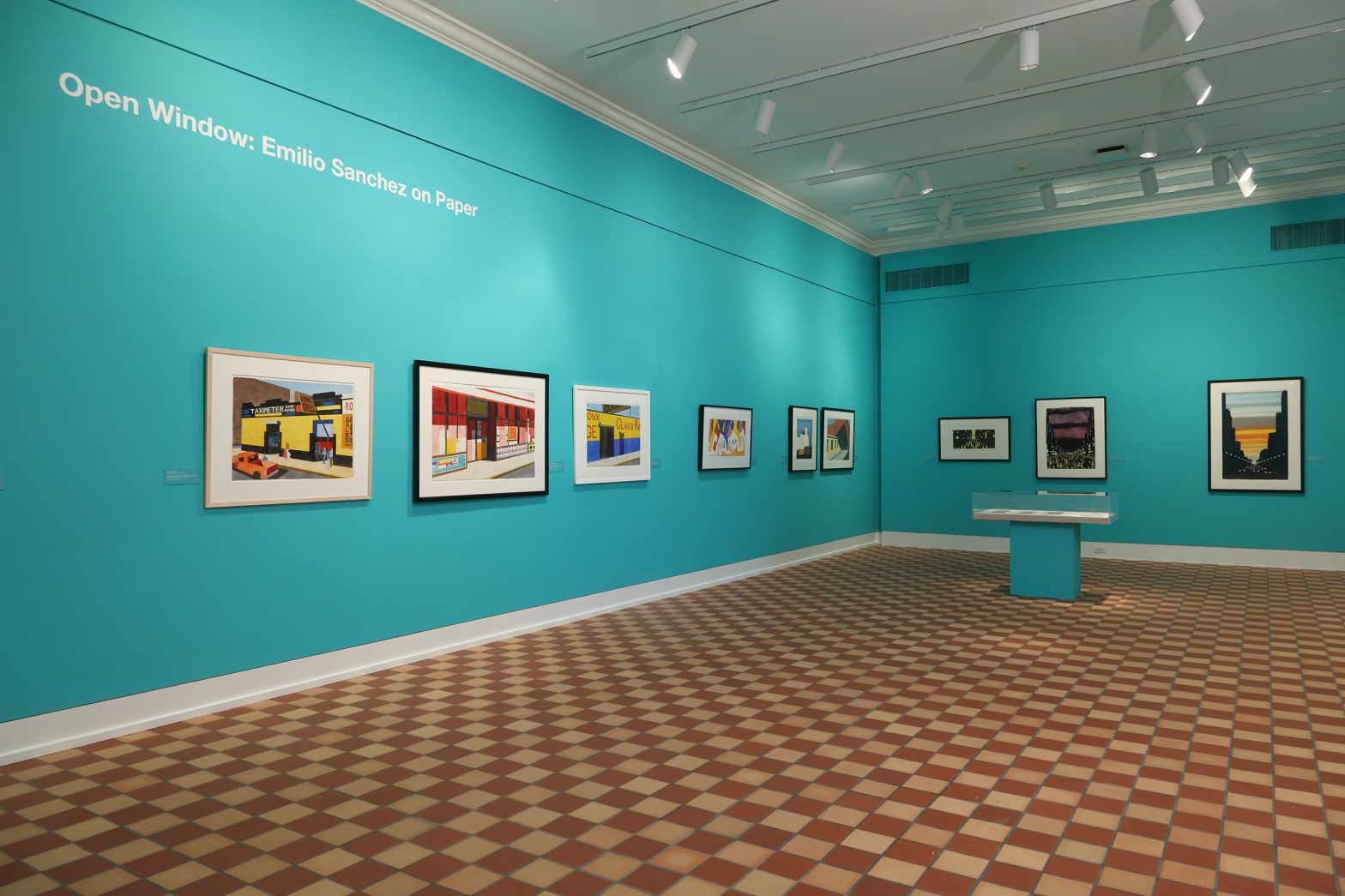By Matt Dhillon
Since The Fralin Museum of Art at UVA was built in 1935, it’s had to close its doors a few times—once during World War II and again in the ’60s when the space was requisitioned for classrooms. In 2020, the growing pandemic shut the museum down for a third time.
“There’s certainly nothing in anyone’s living memory that could have prepared us or given us a guidebook on how to deal with a global pandemic, as a museum or any kind of institution,” says Matthew McLendon, the museum’s director and chief curator.
When The Fralin reopened its physical galleries on August 28, 2021, it was a changed world, and the museum found itself changed within it. “What we take from art depends on where we are in our own lives and what we need from it,” McLendon says. Art can be a source of change, a source of defiance, a source of beauty, or a source of renewal.
For 17 months, the physical space had been closed as the world sat in quarantine, and as the building underwent renovations. During that time, The Fralin continued in virtual space, working to develop online programming, lectures, and video tours to adapt to the new environment.
That transition was eye-opening in its own way, particularly in the matter of improving accessibility. “Immediately, on social media, we got reactions from the disabled community and people with physical disabilities saying, ‘For the first time ever, this museum is accessible to me in a much more meaningful, easier way,’ and ‘Please don’t stop this programming once open again,’” says McLendon.
That period also marked a shift in how the museum thought about its responsibilities, he says. After the murder of George Floyd and the rise of the social justice movement around the world, the museum put work into the changes it wanted to make as an institution, including a greater focus on its diversity, equity, accessibility, and inclusion work, and centering traditionally marginalized voices, not only on its walls, but also in the way the institution operates.
One responsibility is thinking critically about holding objects in public trust, and how to engage the cultures these objects belong to. “One of the things we’ve already talked about is we have these incredible objects of history from what is today Afghanistan and Pakistan, and we have communities in Charlottesville from Afghanistan and Pakistan—so how do we bring them in to talk about this [Gandharan] show or react to this show,” McLendon says.
Curators Laura Minton, Adriana Greci Green, and Hannah Cattarin worked with McLendon to offer a strong comeback for the museum as it emerged from its pandemic lockdown. A new round of exhibitions were installed on February 6, giving five of the museum’s seven galleries fresh shows.
On the first floor, visitors are greeted with the geometries of the built environment, and invited to consider how the things around us are constructed in “Structures and Open Window: Emilio Sanchez on Paper.” Some of the constructs the exhibition asks us to think about are race, social and institutional power, and, more abstractly, the duality of design and nature.
Immediately behind that, the visitor is confronted with the nude human body in “Focus On: Laura Aguilar.”
“These are so powerful to me in how they speak to the new femme throughout history and moving into photography,” says Cattarin. “There’s a way that all of the myriad implications that she embodies, a fat, queer, Chicana, nuero-divergent, individual, was, in these spaces, pushing back against this history of the new femme in the landscape.”
Upstairs, in the main gallery, “Alternative Futures” plays on loop, a video-based social critique spanning four works visualizing a more equitable world with the understanding that imagination leads to creation.
Adjoining the main gallery, visitors can meander through a variety of themes. “Gandharan Sculpture” reflects on the Gandharan region of what is now northwest Pakistan and eastern Afghanistan, which was famed for its artistic achievement; “Beyond Pictorialism” frames the history of photography in its transition from a documentary tool to an artistic medium; “Nostalgia U.S.A.,” curated by the university’s students, examines how we remember the past and sometimes construct the past.
Under McLendon’s leadership, The Fralin has also strengthened its ties to UVA’s Kluge-Ruhe collection. Kluge-Ruhe curator Henry Skerritt gives credit to McLendon for his commitment to diversity in what The Fralin presents.
“It’s been an amazing experience working with an institution that recognizes that contemporary art today is global, and that artists in remote parts of Australia have as much right to be shown in museums as any artist,” Skerritt said.
The Kluge-Ruhe collection begins a national tour on September 4 at the Hood Museum of Art at Dartmouth College with “Madayin,” an exhibition that includes some of Australia’s most iconic works of art.
“What makes this exhibition really special is that it has been curated by Yolngu Aboriginal people from the community, so rather than seeing this history from the perspective of a white art historian, you’re going to see it from the perspective of the people who made it,” Skerritt says. “For a white art historian, like myself, that’s really exciting, to be able to see how another culture understands their art.”
Art has always had a place in connecting cultures and rediscovering history, but recent social isolation and unrest make it more crucial than ever as a key to learning from each other.
“Right now, because of the last few years of the pandemic, people are looking for a space of beauty, a space of fun, a place where they can be restored,” says McLendon. “I worked with an artist years ago who, I will never forget, just said so simply, ‘We ask so much of art,’ and it’s true, we ask so much of art, and art gives us so much.”
